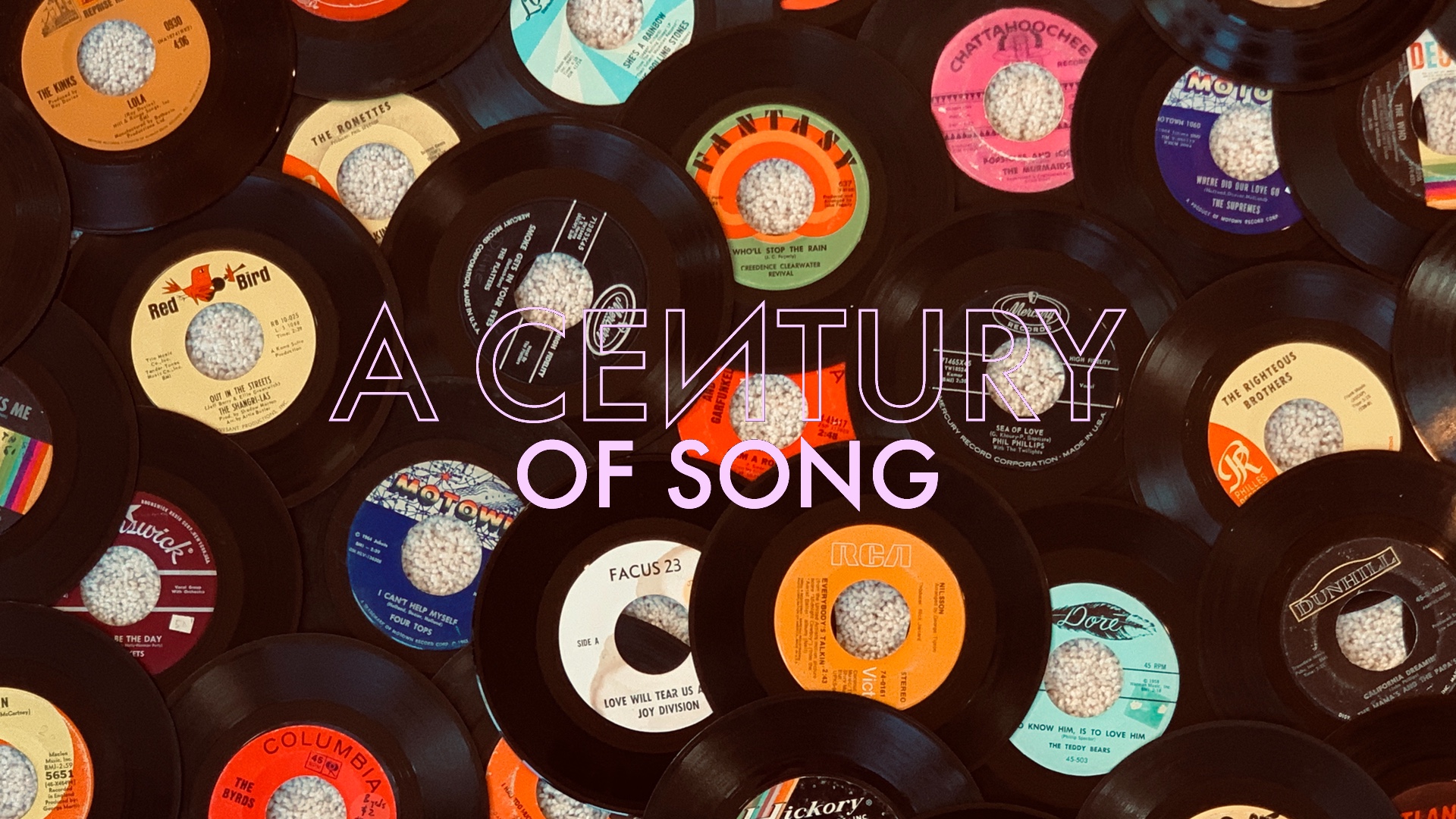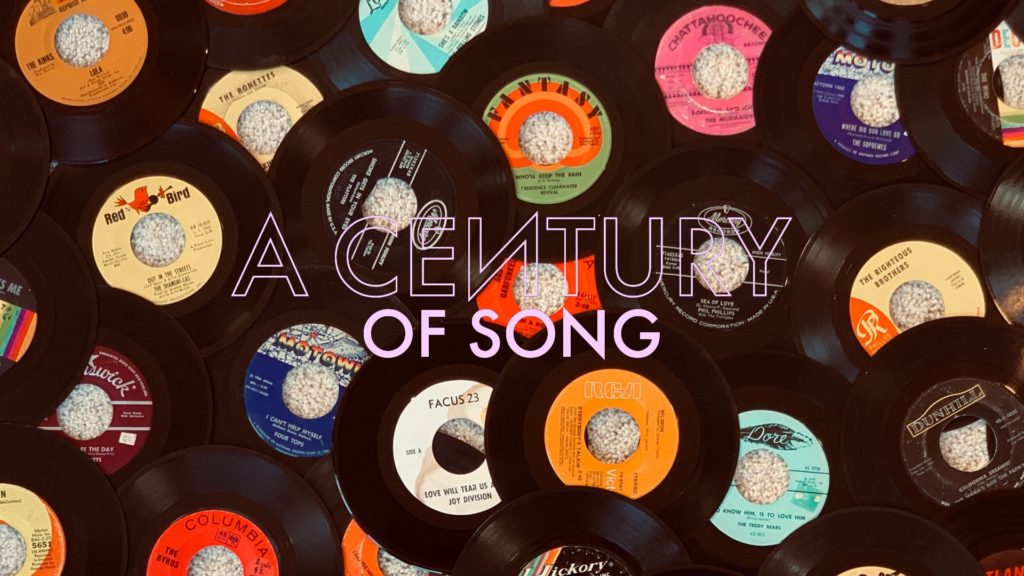
A Century of Song is an attempt to summarize 100 years of popular music through 1000 carefully chosen tracks. Included within this list are landmark singles, stellar album cuts, huge hits, hidden gems, and more than a few personal favorites. Read the introduction for the project here, and enjoy the embedded videos and Spotify playlist.
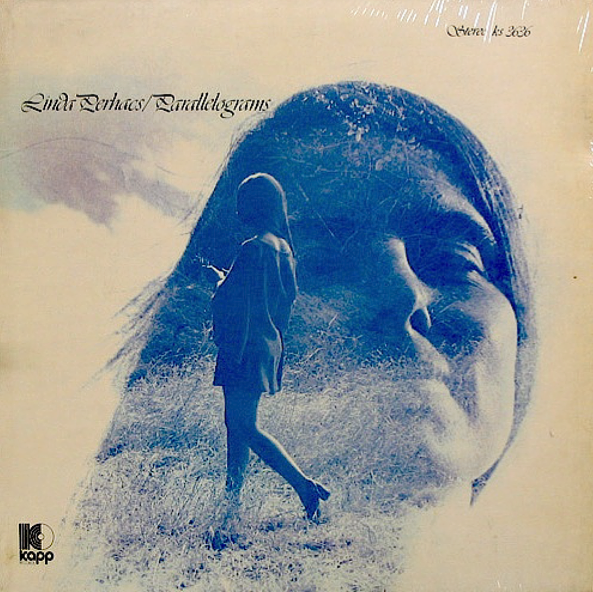
940
Virtually ignored upon its 1970 release, Linda Perhacs’ debut album Parallelograms spent several decades as a “lost classic.” While Parallelograms seemingly fit in within the folk singer-songwriter scene of the early-seventies, its sparse, ethereal nature made it far less immediate than the work of Perhacs’ contemporaries.
The most arresting track on Parallelograms is its opener, “Chimacum Rain.” The song’s barely there arrangement places the emphasis on Perhacs’ multi-tracked vocal – a call-and-response that adds an atmospheric touch to the delicate melody and production.
Following the commercial failure of Parallelograms, Linda Perhacs returned to her career as a dental hygienist. It wasn’t until the album’s rediscovery in the 2000s – aided by the emergence of the “freak folk” scene – that she would return to music, finally releasing her second LP in 2014.
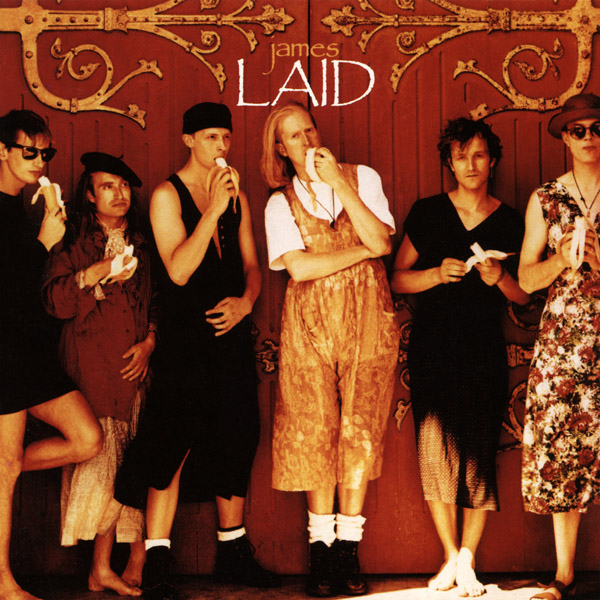
939
Though they formed in Manchester in 1982, it wasn’t until 1993 that James broke through to an American audience with the Brian Eno-produced album, Laid. While the album found Eno applying his signature atmospheric touches to the group’s established sound, its title track was a straightforward song that would become the band’s biggest hit.
“Laid” is defined by is shuffling acoustic chords and the soaring vocals of Tim Booth. Booth’s lyrics detail a twisted relationship that is dysfunctional at best, but as doomed as it may be, there’s an undeniably romantic element to this tale of obsession, passion, and co-dependency.
The song was inescapable during the winter of 1993-94, but – at least for me – repetition didn’t dull its charm. It’s one of the last songs that I can distinctly remember making an effort to tape off of a radio broadcast. Though that cassette was discarded decades ago, even listening to “Laid” today, I can still imagine the slight warble of a tape dubbed one-too-many times, and the end-song interjection of the deejay.
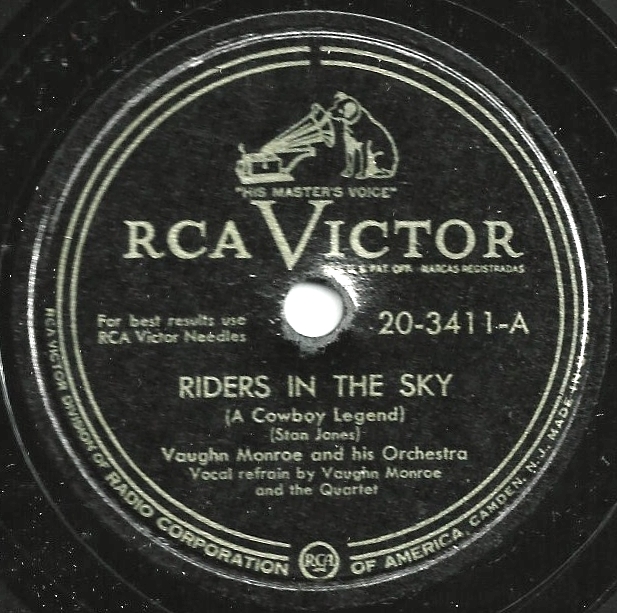
938
Perhaps due to the Disney records that I loved as a kid, I have a bit of a soft spot for campy old cowboy songs, and few of them are better than this one – written in 1948 by Stan Jones. While Jones would record a pretty solid version of “Riders in the Sky” of his own, this 1949 recording by Vaughn Monroe and His Orchestra remains the one to beat.
Positively dripping with atmosphere, “Riders in the Sky” takes the darkly dramatic subject matter of Jones’ storytelling to its logical extreme. Monroe’s deep baritone voice is countered by a lonesome high trumpet, and a ghostly backing choir – performed by a vocal group known as The Moon Men. It’s an eerily airy accompaniment that makes for an impactful and impressive recording.

937
While widely popular, Weezer particularly endeared themselves to a very specific subset of nineties listeners – the sensitive, nerdy type – with their first two records: 1994’s “Blue Album” and 1996’s Pinkerton. Released between those records, “You Give Your Love to Me Softly” is the great hidden gem in Weezer’s early catalog.
Originally included on the soundtrack to the mostly-forgotten 1995 film Angus, “You Give Your Love to Me Softly” matches the melodic qualities that songwriter Rivers Cuomo displayed with the “Blue Album,” with the raw textures of the thornier Pinkerton. The original – and far superior – mix prominently features the Moog synthesizer that bassist Matt Sharp had used extensively with his side project, The Rentals. While the band may have several better-known songs in their catalog, few are better than this one.
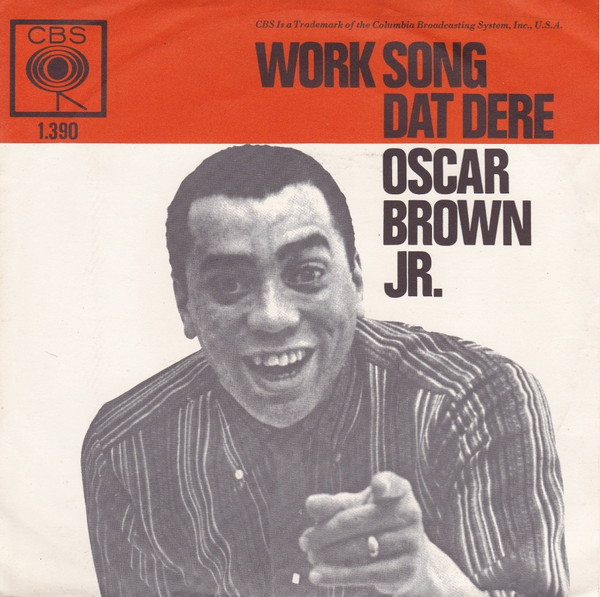
936
Oscar Brown Jr. first made a name for himself in the music world as a songwriter, notably contributing lyrics to Max Roach’s remarkable album, We Insist! – one of the landmark musical recordings of the Civil Rights era. Brown’s debut as a performer, Sin & Soul, arrived in 1960.
Sin & Soul is an impressive combination of jazz, beat poetry, and social messaging. Its lead-off track, “Work Song” is the album’s most straightforwardly catchy song, featuring a crackling rhythm track, and a strong performance from Brown. It would be admirably covered by Nina Simone in a similarly swinging arrangement on her 1967 LP, High Priestess of Soul, but Brown’s original recording remains the best version of an excellent song.

935
Guitarist Richard Hawley played in a handful of bands – including a short-lived stint in Pulp – before releasing his first solo material in 2001. Over the course of a solo career that includes several strong records, Hawley has displayed a knack for stately ballads and lush baroque-pop arrangements – nowhere more than on 2005’s excellent Coles Corner.
The lead-off song and title-track to that album, “Coles Corner” stands as Hawley’s most endearing recording. His baritone vocal is perfectly complemented by the song’s rich orchestral arrangement, and both effectively convey the melancholy nature of Hawley’s songwriting. It’s an impressive track from an often-overlooked artist.
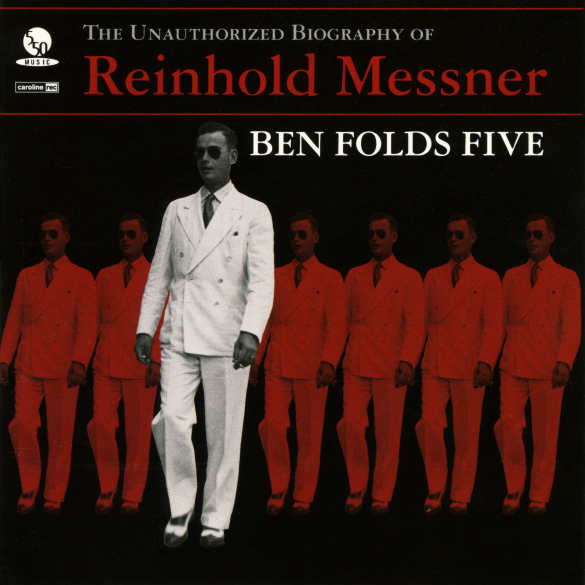
934
As a guitar-less rock trio, Ben Folds Five were something of a novelty when they arrived on the scene with their self-titled debut in 1995. Led by pianist Ben Folds, the Chapel Hill group reached a breakthrough with 1997’s Whatever and Ever Amen, and its surprise hit “Brick.” Their follow-up – and final album before reforming in 2011 – The Unauthorized Biography of Reinhold Messner was a loosely-conceptual work whose maturity found a mixed reception among critics and fans.
The highlight of Reinhold Messner – and the best track in the group’s catalog – “Don’t Change Your Plans” displays Folds’ distinct songwriting and the band’s increasingly lush arrangements. Augmented by strings and a Burt Bacharach-esque fluegelhorn in its instrumental mid-section, the song found the group moving further away from the sarcastic leanings of their earlier work, and aiming for something more musically and emotionally nuanced.
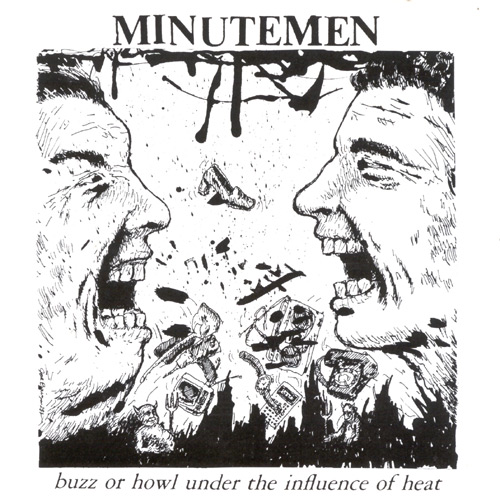
933
The West Coast remained a hotbed of punk rock well into the eighties, and no band better combined the fury of punk with sharp social commentary than San Pedro’s Minutemen. Formed by childhood friends Dennes “D.” Boon and Mike Watt, the group hit their stride with the 1983 EP, Buzz or Howl Under the Influence of Heat.
The closing track of Buzz or Howl, “Little Man With a Gun in His Hand” was, at three-and-a-quarter minutes, the longest song in the band’s catalog to date. Typically known for their brevity, “Little Man” is a practically epic statement from the group – one that found them displaying a deeper emphasis on dynamics than ever before. It’s one of the most powerful moments from a truly great band.
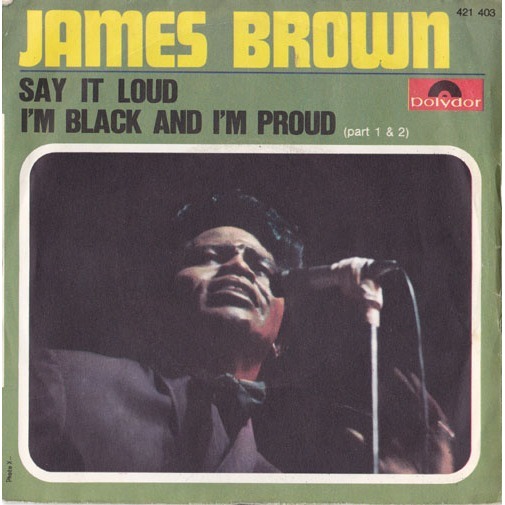
932
Even before considering the massive impact that his songs had on the development of hip-hop (where they were often used as samples), James Brown stands as one of the most influential figures in American R&B music. Arguably the most important recording in his catalog, “Say It Loud” would become a critical anthem of the Black Power movement.
Brown’s reputation as the “Godfather of Soul” is well-earned, and on tracks like this one, he and his band – The Famous Flames – helped to lay the groundwork for the funk scene of the 1970s. While impressive from a musical standpoint, it’s the song’s bold message of Black empowerment that makes it resonate to this day. Released just months after the assassination of Martin Luther King, Jr. – and in the wake of riots that Brown himself tried to quell – “Say It Loud” would prove to be an inspiring call for Black pride and solidarity.
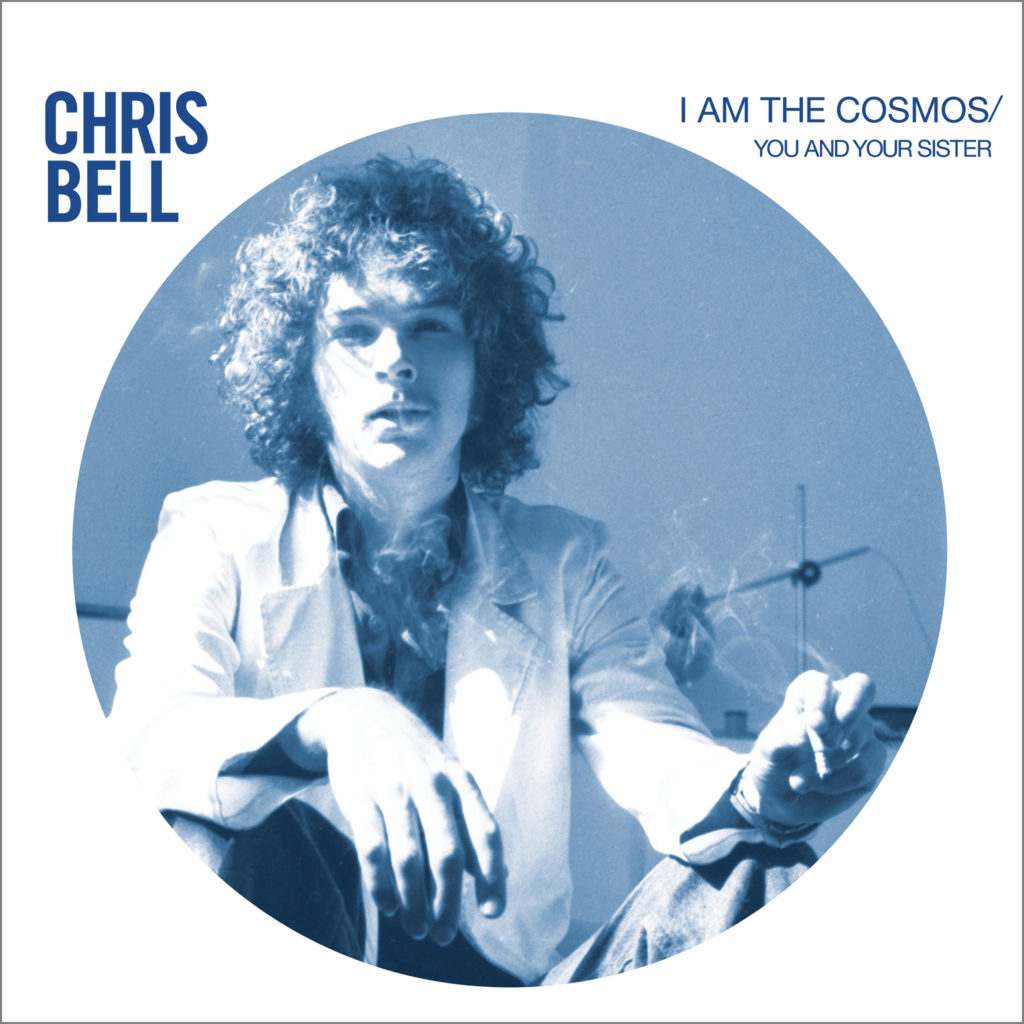
931
One of the truly tragic figures in American rock music, Chris Bell formed the Memphis group Big Star, creating a formidable songwriting duo with ex-Box Tops vocalist Alex Chilton. After the commercial disappointment of the band’s 1972 debut, #1 Record, Bell left Big Star, sporadically working on music while grappling with drug abuse, alcoholism, and clinical depression.
Bell only released one solo single, but both sides of the 1978 disc are outstanding songs. Arguably the better of the two, “I Am the Cosmos” is a highly melodic – and vaguely psychedelic – track that display’s Bell’s affinity for The Beatles. It’s particularly reminiscent of the work of George Harrison, whose sincere spiritual embrace and vocal fragility are echoed in “I Am the Cosmos.”
Chris Bell died shortly after the release of “I Am the Cosmos,” killed in a car accident at the age of twenty-seven. While he’s one of the lesser-known members of rock’s infamous “27 Club,” Bell’s work – within and outside of Big Star – have been enormously influential to several decades worth of “power pop” artists.

930
Though they were successful recording artists in their own right, Tommy Boyce and Bobby Hart left their most indelible mark on pop music as songwriters. While their track “(I’m Not Your) Steppin’ Stone” was first recorded in 1966 by Paul Revere and the Raiders, it became a hit in the hands of the made-for-television group, The Monkees.
Released as the B-side to “I’m a Believer,” “Steppin’ Stone” was perfectly suited for the so-called “Pre-Fab Four.” Shortly after their 1966 arrival, The Monkees became the subject of backlash among “serious” music listeners. While the group had been created as a fictional band, its members were talented singers and musicians – despite rarely playing instruments on their earliest recordings – and though it’s ostensibly a relationship song, it’s not hard to imagine the garage-y “Steppin’ Stone” as a reaction to the criticism that The Monkees received.
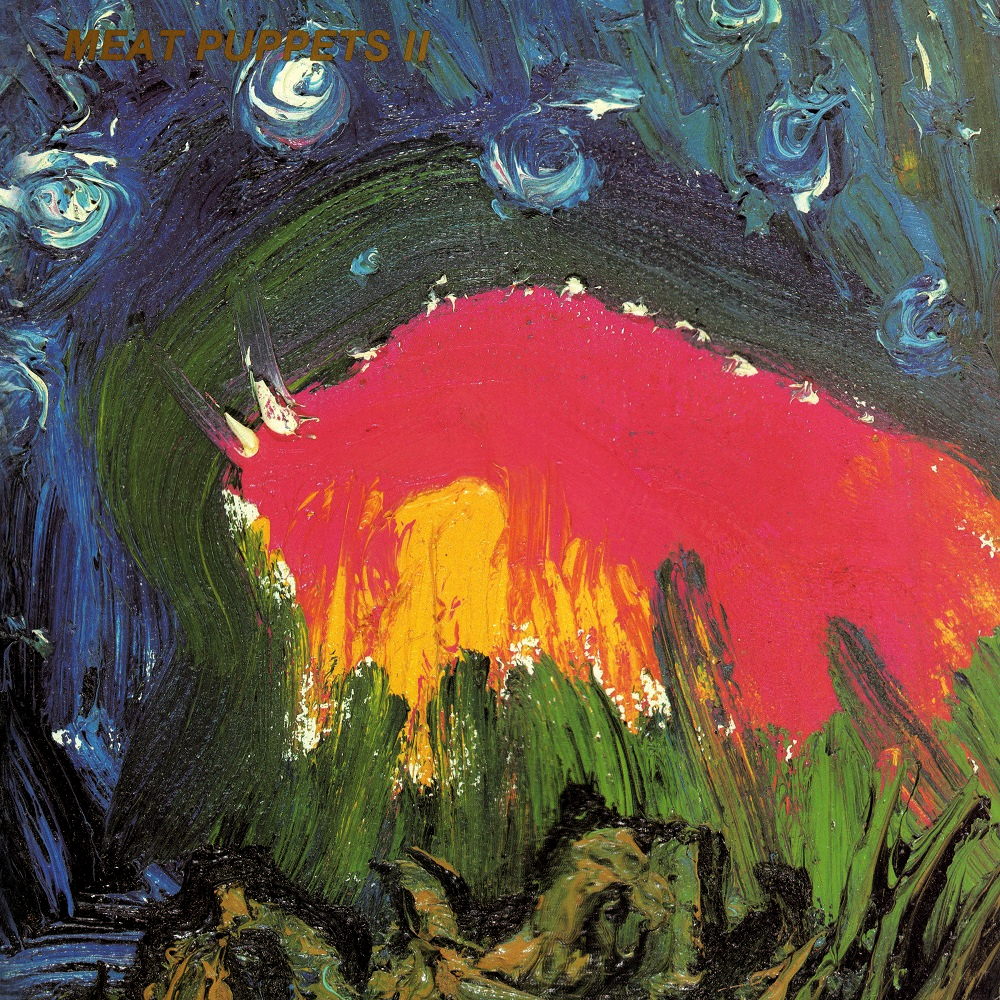
929
Few albums were more fundamental in the development of my teenaged musical tastes than the Meat Puppets’ masterful second record. Brought to a new level of recognition by the Puppets’ guest appearance on Nirvana’s universally-praised 1993 Unplugged performance, Meat Puppets II found the Phoenix group with roots in the hardcore punk scene dramatically expanding their sonic palette.
A highlight of Meat Puppets II – and one of three songs from the album featured on the Unplugged album – “Plateau” is an alluring combination of punk, country, and psychedelia. Curt Kirkwood’s impressionistic imagery is simultaneously quotable and inscrutable. The musical backing is equally mysterious, particularly in the song’s kaleidoscopic instrumental conclusion. The Unplugged performance may have been iconic, but it was nowhere near as immersive as the original version.
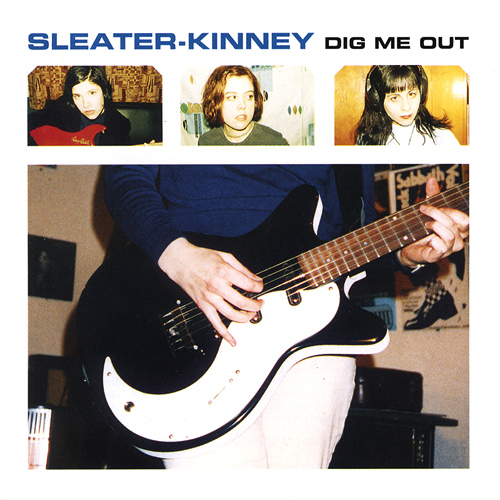
928
1997’s Dig Me Out launched Sleater-Kinney beyond the confines of the Pacific Northwest’s “riot grrrl” scene, and earned the group widespread critical acclaim. The band’s third album – and first with drummer Janet Weiss – Dig Me Out documented a tumultuous period in Sleater-Kinney’s emergence as one of America’s best rock groups.
The album’s first single, “One More Hour” tracks the dissolution of the relationship between the band’s founding members, Corin Tucker and Carrie Brownstein. While the two trade off lines in the song’s chorus, Tucker’s vocal is particularly powerful, as it captures the anguish, tension, and uncertainty that came with maintaining a working partnership after the ending of a romantic one.
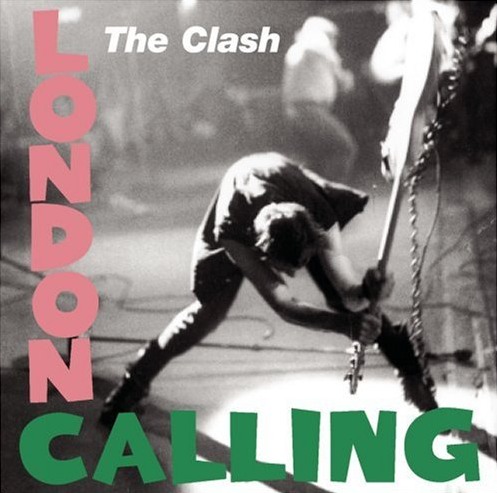
927
There are important bands, and then there is “The Only Band That Matters.” While the tagline was a ploy by the group’s record label, during their peak, The Clash were the heart, soul, and conscience of punk rock. They also took the seemingly-limited genre in directions that no other group dared – with typically stunning results – and nowhere more than on their extraordinary masterwork, 1979’s London Calling.
One of the many highlights of London Calling, “The Guns of Brixton” was written and sung by bassist Paul Simonon – his only solo writing credit with The Clash. “Brixton” found the group diving deeper into the reggae influences that they had explored on their earlier work, and Simonon’s defiant lyrics capture the racial tension, economic difficulties, and harassment from law enforcement that would ultimately erupt during the Brixton riots of 1981.
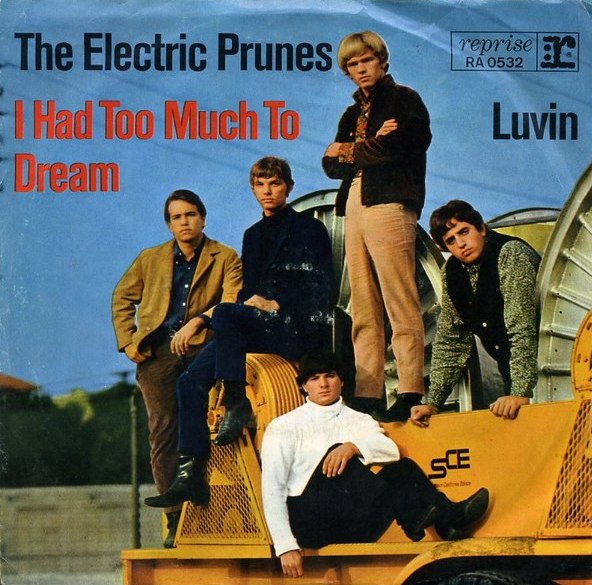
926
One of the greatest out-of-nowhere singles of the sixties, the signature track from The Electric Prunes was a charting hit for the Los Angeles-based group. However – following the failure of the band’s first release – it was actually written by the songwriting team of Annette Tucker and Nancie Mantz.
Featuring an oscillating backwards guitar intro, “I Had Too Much to Dream” announces itself as a trippy song right off the bat. Heavy with fuzz, tremolo, and tape manipulation, the song tapped into the burgeoning psychedelic scene of the west coast with its mix of studio trickery and a dynamic group performance.
The legacy of “I Had Too Much to Dream” would be sealed in 1972, when the song was chosen as the lead-off track to the immortal garage/psych compilation, Nuggets. It was a fitting tribute to a song that stands as one of the finest examples of sixties psychedelia.
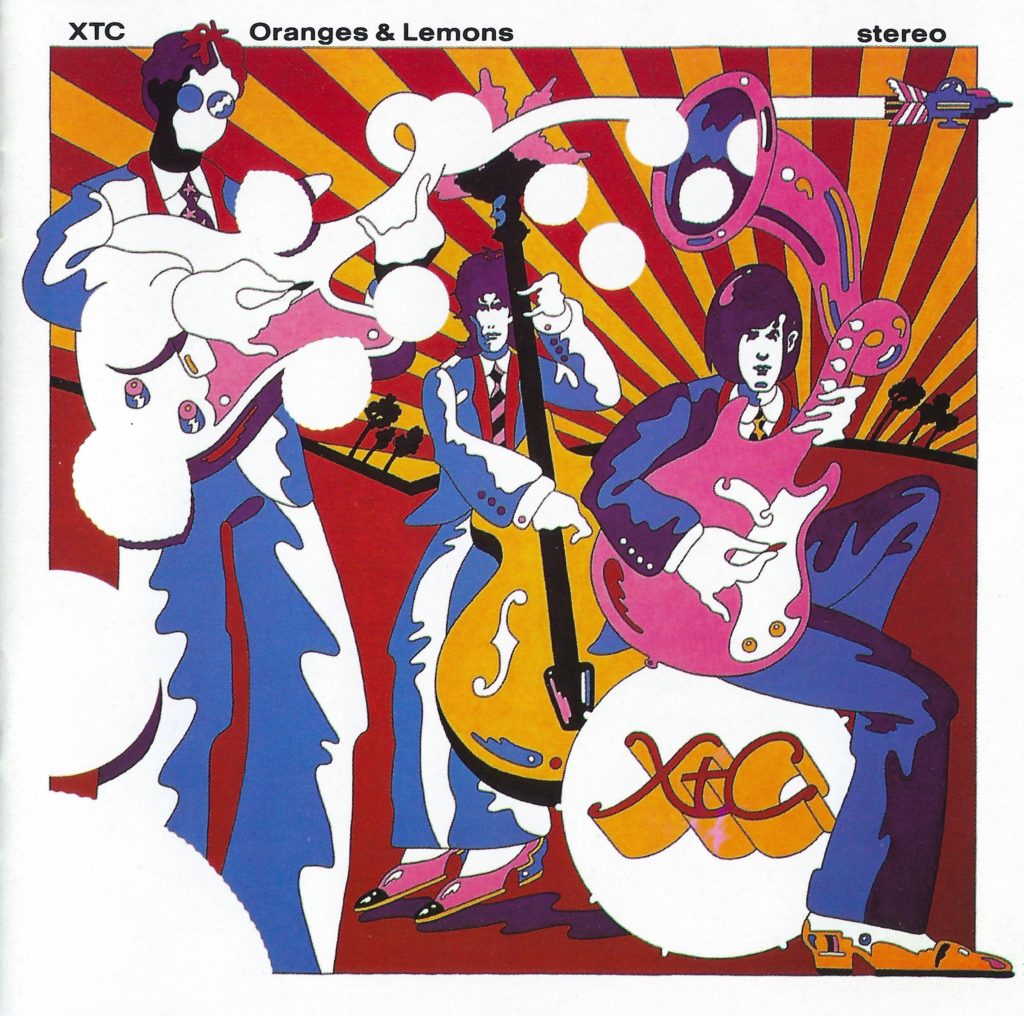
925
Throughout a career of over thirty years, XTC crafted one of the strongest discographies of their time. At turns political, psychedelic, conceptual, and satirical, the group – formed around the songwriting duo of Andy Partridge and Colin Moulding – never lost sight of their gift for crating an impeccable melody.
Written by Partridge, “The Mayor of Simpleton” is arguably XTC’s most perfect pop moment. Impossibly catchy, the song displays the group’s fondness for Beatle-esque composition and Partridge’s knack for a great hook. Perhaps the most impressive musical element is the bassline, written by Partridge and performed by Moulding.
For a song that finds its narrator playing the part of a rube, “The Mayor of Simpleton” is an impressively witty piece of song craft. It would also be the highest charting American single of XTC’s career.
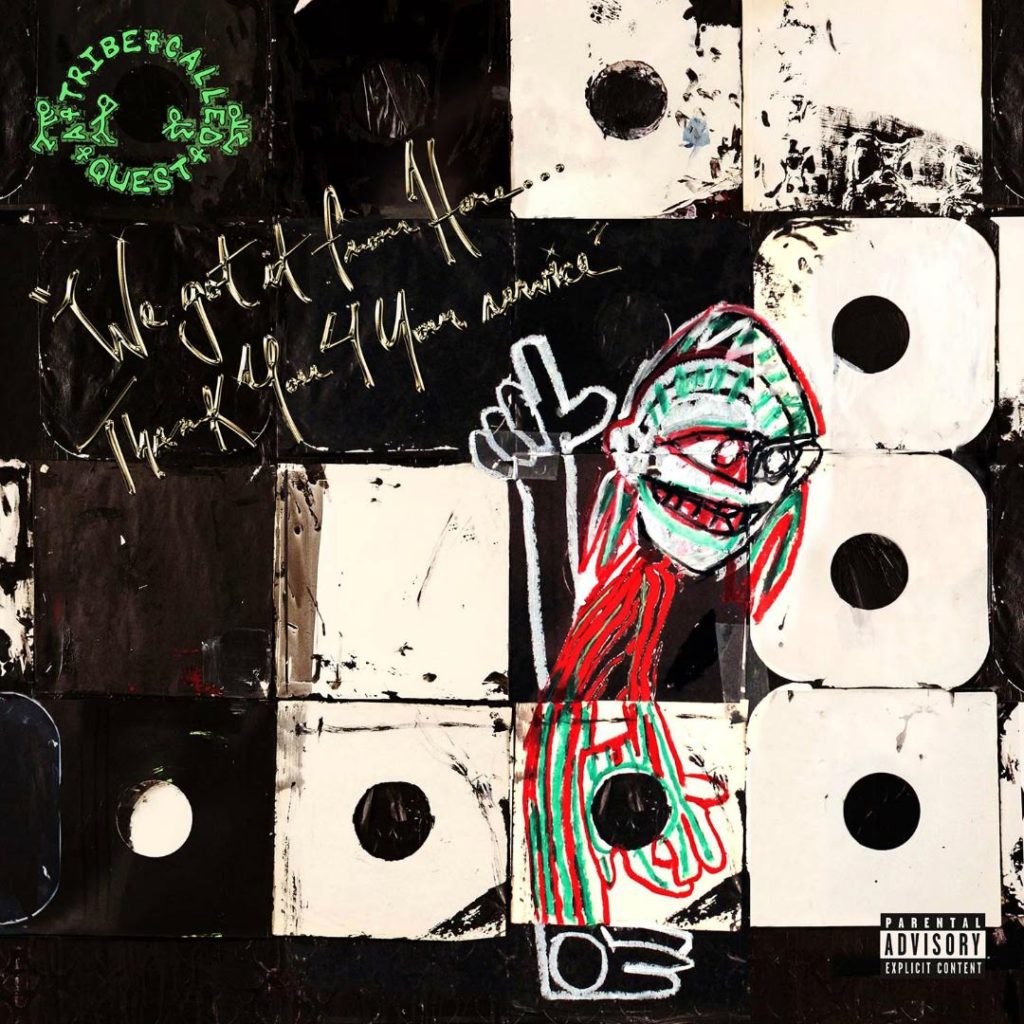
924
Making for one of the most bittersweet reunions in recent memory, hip-hop pioneers A Tribe Called Quest released We Got It from Here… Thank You 4 Your Service – their first album in eighteen years – eight months after the death of founding member Phife Dawg. Brought to completion by Q-Tip, the album had been recorded in secret, during and after the last months of Phife’s life.
Phife’s presence is felt strongly on the album’s standout track, “We the People,” as his verse reflects on Tribe’s legacy and unexpected revival. Elsewhere, Q-Tip turns in the most overtly political song of the group’s career, taking on poverty, gentrification, and most notably, the toxic race-baiting of Donald Trump’s presidential campaign. That campaign culminated in a Trump victory just three days before the release of We Got It From Here, and “We the People” became an anthem of resistance in the weeks and months that followed.
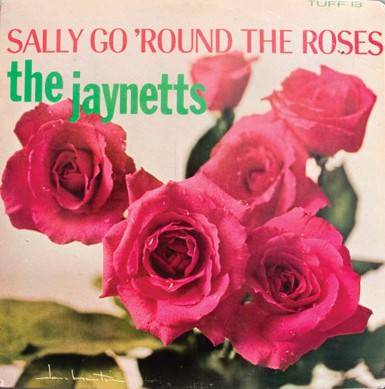
923
One of the most ambiguously enigmatic girl group songs of the sixties, “Sally Go ‘Round the Roses” was the lone hit for The Jaynetts – a group created by J&S Records head Zelma Sanders. Sanders co-wrote “Sally” with Lona Stevens, wife of Abner Spector (no relation to Phil), who produced the single in 1963.
There are several elements that make “Sally” an uncharacteristically haunting girl group track. First is the song’s notably distant feel, accomplished by Spector’s copious use of reverb. Second is the choral nature of the song’s vocals. While only five singers were credited as performing on the track, accounts suggest that Spector utilized up to twenty different vocalists, each recording their parts at different times. Perhaps the most intriguing element is the ambiguity of the song’s lyrics. While limited in detail, many have speculated about a far more sinister or risqué nature to the track, aided by the lyrical vagueness and ethereal production.
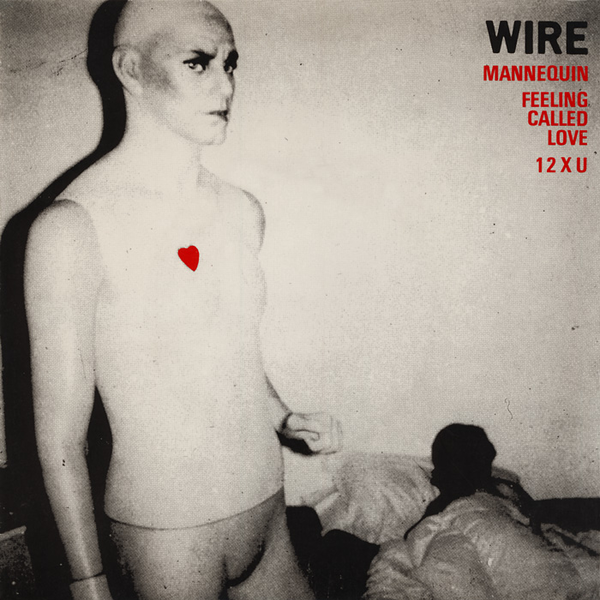
922
Wire were almost certainly the artiest band to emerge during the first wave of punk, and the London group’s dizzying range and ambition is on full display on their masterful debut, 1977’s Pink Flag. While one of the first punk groups to inspire rock scribes to use words like “minimalistic” and “atmospheric,” the group had an underrated knack for pop hooks.
Arguably the most immediately appealing track on Pink Flag, “Mannequin” is a synthesis of much of what made Wire such a unique band among their punk contemporaries. The song’s energy, Graham Lewis’ dismissive lyrics, and the group’s harmony vocals are just a few of the elements that make it an obvious highlight of an endlessly compelling album.
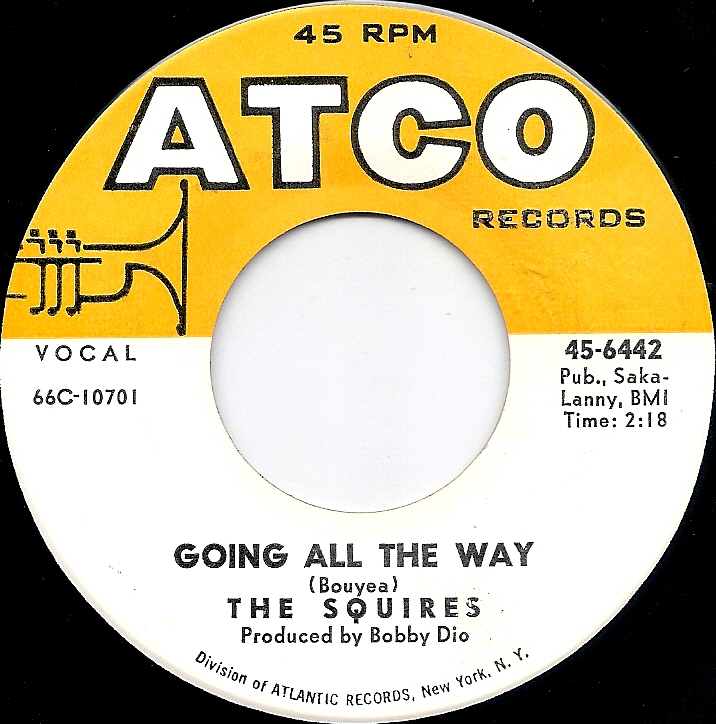
921
Add this track – the A-side to the only single released by the Connecticut garage band The Squires – to the list of the all-time great “night driving” songs.
Though it’s simple in composition, “Going All the Way” is a minor-key garage masterwork. Defined by its jangly guitar chords and distantly echoing organ, the track has a haunting atmosphere that was often lacking in the bare-bones productions of sixties garage bands. There’s an undeniable tension that builds throughout its two-and-a-half minute runtime that makes it a particularly memorable track.
While The Squires disbanded within months of the release of “Going All the Way,” the song has achieved a level of immortality among garage rock aficionados – one equaled by precious few other of the sixties.

